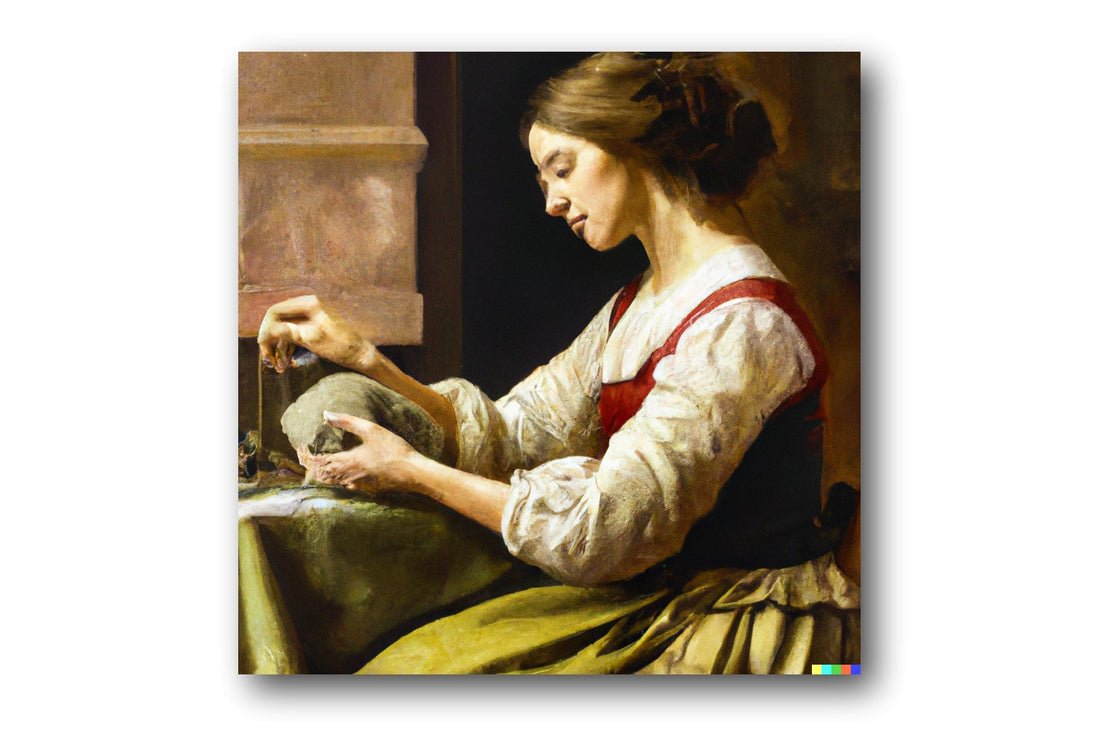Artificial intelligence (AI) is increasingly being used in the world of art, and many experts believe that it has the potential to revolutionize the way we create and experience art.
One of the main advantages of AI in art is its ability to generate new and unique pieces of work. This is done through a process known as generative art, which involves using algorithms and computer programs to create art that is not solely based on human input. This can result in a wide range of styles and forms, from abstract patterns and fractals to realistic images and animations.
Another advantage of AI in art is its ability to mimic human creativity. This is done through machine learning algorithms, which can be trained on large sets of data, such as paintings and sculptures, to learn the styles and techniques of different artists. This allows AI to create art that is similar to human-made art but with its unique spin.
AI can also be used in the art world to create new forms of interactive and immersive experiences. For example, AI-powered virtual and augmented reality art can allow viewers to explore and interact with art in ways that were not possible before. This can change how we experience and engage with art, making it more accessible and immersive.
However, while AI has many advantages in the art world, it also has its limitations. One of the main concerns is that AI-generated art may lack the emotional depth and human touch that is often associated with traditional art. Additionally, there are concerns about the ethical implications of AI-generated art, such as the possibility that it could be used to create fake artworks and deceive buyers.
In conclusion, AI has the potential to revolutionize the art world by introducing new forms of art and experiences. However, it is important to consider AI-generated art's limitations and ethical implications. As technology continues to evolve, it will be interesting to see how it will shape the future of art.

